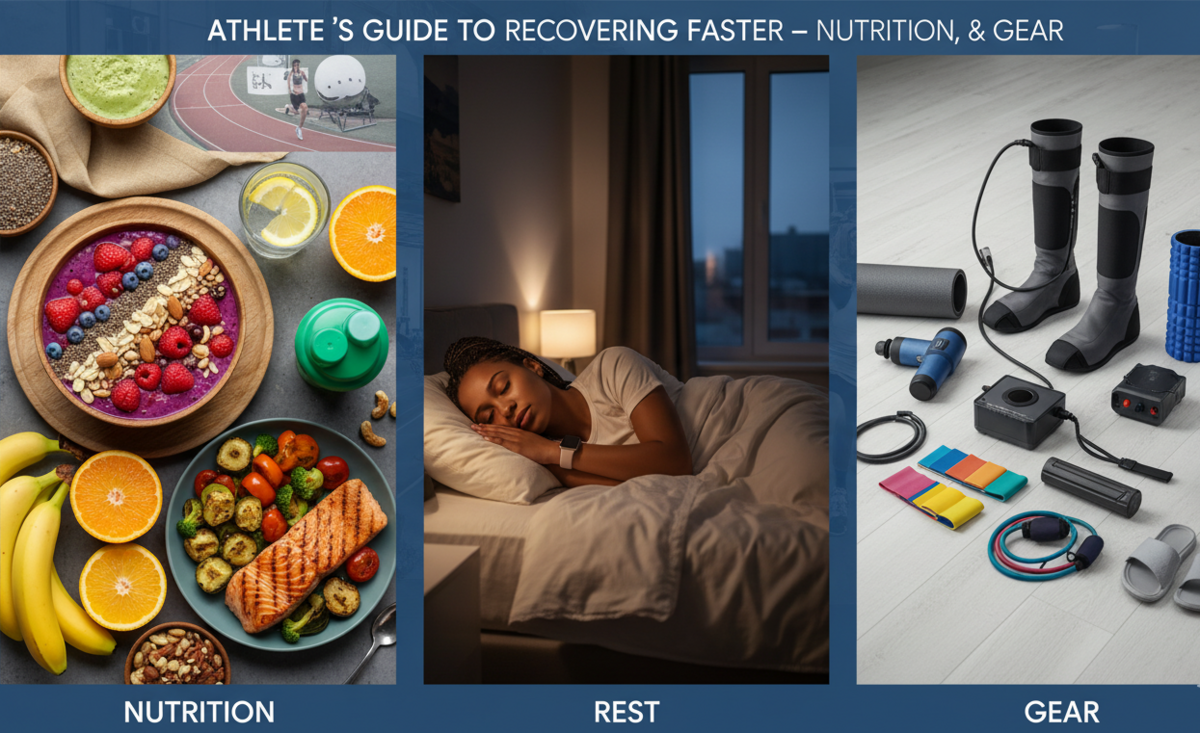Recovery begins at the plate: consume a mix of protein and carbohydrates soon after hard training to maximize muscle protein synthesis and replace glycogen stores. Evidence supports targeting a high-quality protein dose (roughly 20–40 g, adjusted by body size) paired with carbohydrates in the immediate post-exercise window to speed repair and reduce fatigue; for many athletes, a snack or shake within 30–60 minutes is practical and effective. Tailor amounts to sport demands—endurance athletes often need more carbs, strength athletes slightly more protein—and remember hydration and electrolytes are part of the same recovery equation.
Sleep and rest
Sleep is where adaptation happens: tissue repair, hormonal regulation and memory consolidation all occur during deep and REM sleep cycles, making nightly rest essential to athletic gains. Most adults need 7–9 hours, and athletes frequently benefit from aiming at the upper end plus short daytime naps when training loads increase. Consistent sleep schedules, a cool, dark bedroom, and wind-down routines (screen curfew, low-light reading) are simple interventions that measurably improve recovery, reaction time and perceived exertion.
Active recovery and therapies
Active recovery—easy aerobic movement, mobility work and targeted stretching—helps clear metabolites and maintain blood flow. For acute soreness, meta-analyses show cold-water immersion (ice baths) often reduces perceived soreness and aids short-term strength recovery compared with passive rest, though results vary by timing and protocol; contrast or heat therapies may help in other contexts, so experiment sensibly and prioritize consistent, safe practices.
Recovery gear
Invest in a few high-utility items: foam rollers and percussion devices for self-massage, a reliable sleep mask or blackout curtains, and evidence-backed compression garments that can reduce soreness and support next-day strength—particularly after resistance work. Compression shows modest benefits for perceived soreness and power recovery at 24+ hours, while footwear, hydration systems, and simple resistance-band kits round out a travel-friendly recovery kit.Faster recovery is a system—pair targeted nutrition, prioritized sleep, sensible active recovery and selective gear with planned deload weeks and load monitoring. Track subjective measures (sleep quality, soreness), objective metrics (training load) and adjust. For ideas on pairing strong training days with smart downtime and lifestyle choices, see Why Quality Fitness Apparel Sets the Tone for Your Day — From Workouts to Spider-Man Movie Nights.
